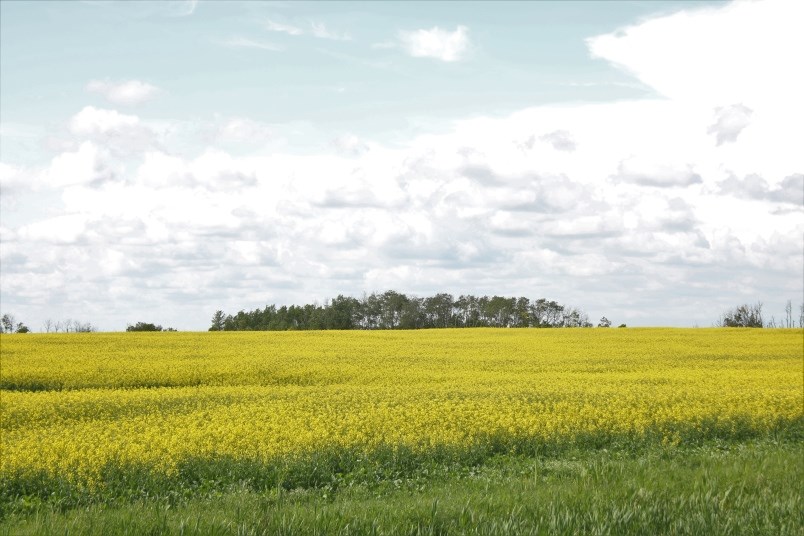YORKTON - January is typically the time of year where the money the federal and provincial governments will invest in agriculture research are announced meaning there are usually lots of media releases bouncing around detailing the allotments.
The money, in the grand scheme of things, is not massive. We do live in a time when top pro baseball players are signing deals worth around $30 million a year.
By contrast the University of Saskatchewan was recently awarded $14 million to support innovative crop research.
The $14 million came through the Saskatchewan’s Agriculture Development Fund (ADF), with $7.2 million of the funds allocated to operating the Crop Development Centre (CDC) for the next five years.
Now yes baseball is a private business, and government is spending taxpayer dollars, so the comparison is not straight apples to apples, but it does put into context just a little the investment level for ag research.
And, it is rather easy to argue that ag research is rather important given our world’s growing population, and that it is the ag sector which keeps all of us fed.
Add to that rather obvious level of ag sector importance the growing issues it faces – reduced arable acres, climate change, and concerns over some long-standing farm practices – and it’s easy to see how research will be needed to cope with change moving forward.
The question, beyond whether the level of government financial support for research is enough, is what that research should be targeting?
It has always been pretty straight forward in terms of research, find ways to increase yields – whether bushels per acre, or pounds per calf weaned.
For crop research that has generally meant plant breeding to develop varieties which yield better, research that can of course mean better drought or disease resistance and other traits associated with boosting yields.
But moving forward it is rather clear a guiding principle will be research focused on sustainability, which resonates with the public, and of course is a key to having food production in the future.
That said it shouldn’t be lost that most farmers have always been concerned with ensuring the farm would be viable for the next generation when balanced against the need to be financially viable today. The bank needs to be paid or the farm is lost to someone else.
Of course the other side of the sustainability question is back to issues such as growing crops as weather patterns change, moisture conditions alter and so other environmental changes related only partially to farming operations themselves.
Moving forward that ag research is likely to be essential, and potentially far sooner than we like to think.
Then we will need to circle back to the question if public investment is sufficient? The most likely answer will be that it is not.

